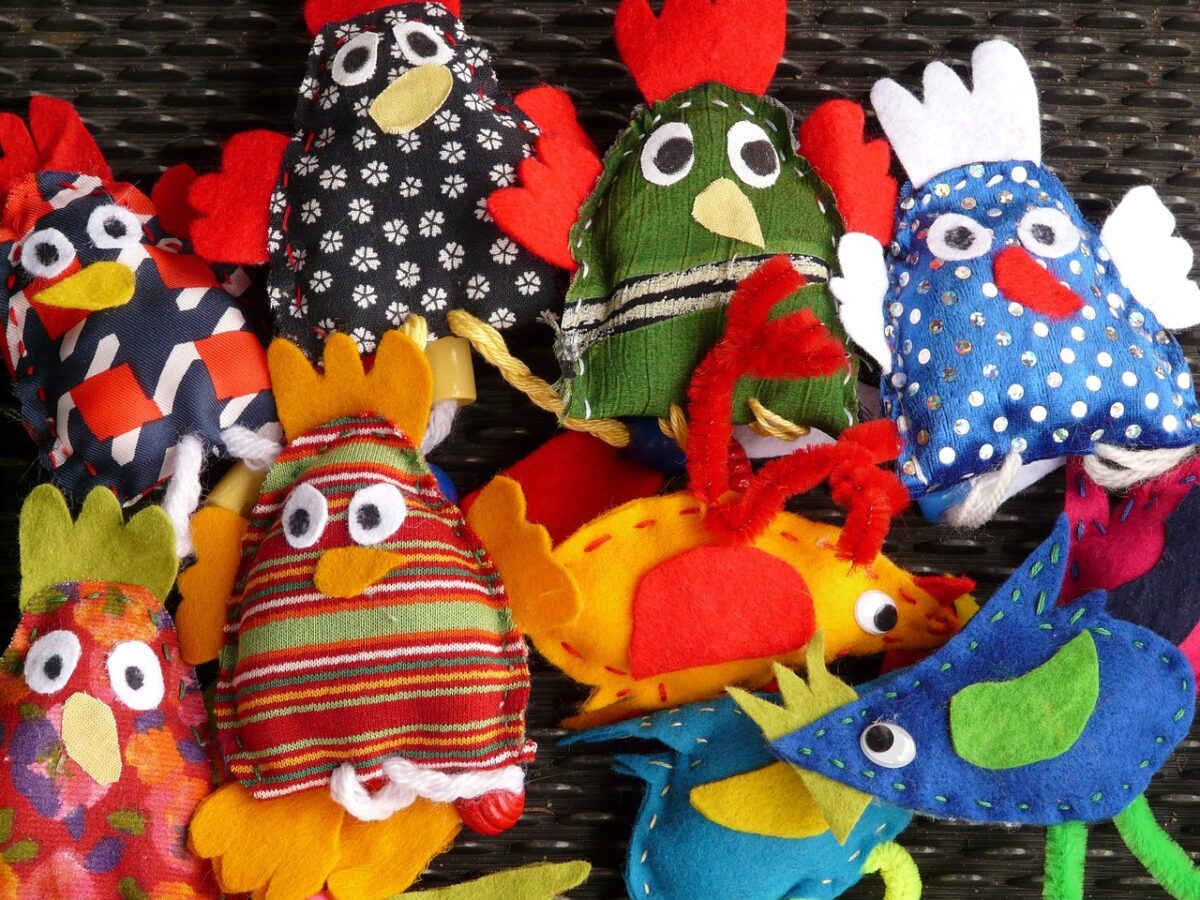Providing enrichment for chickens is essential for their well-being and productivity. Just like any other pet or livestock, chickens can become bored if their environment lacks stimulation. Introducing toys into their living space not only keeps them entertained but also encourages natural behaviors such as foraging, pecking, and social interaction. This article explores various toys for chickens, their benefits, and tips on how to incorporate them into your flock’s daily routine.
Types of Toys for Chickens
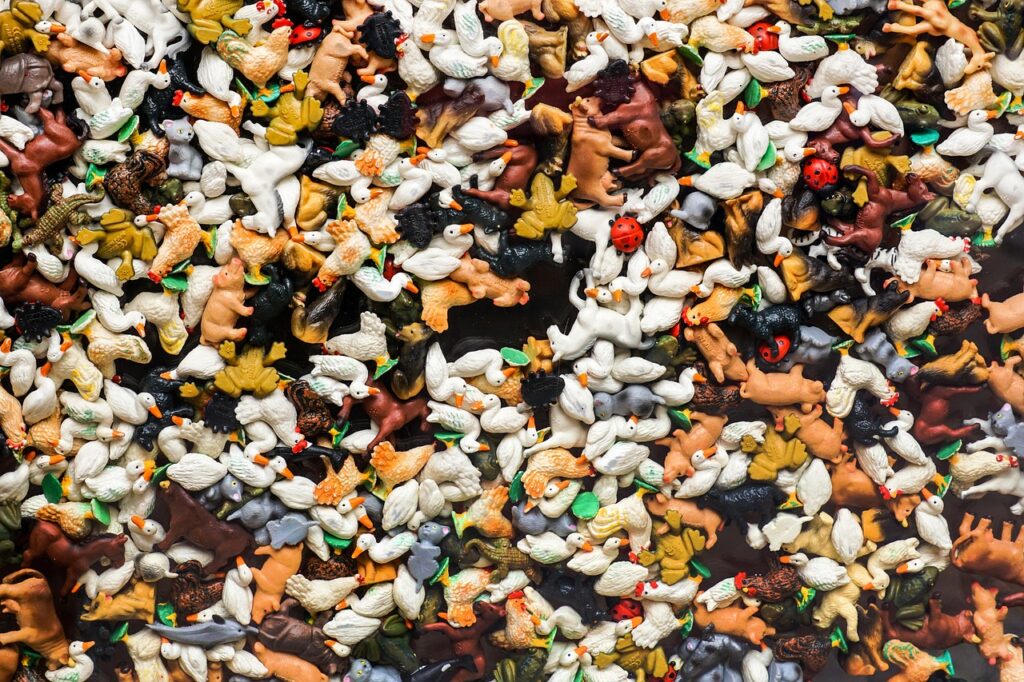
Foraging Toys
Foraging toys are designed to mimic the natural scavenging behavior of chickens. These toys are typically filled with treats or grains that require the chickens to work for their food.
One popular option is the foraging ball, which consists of a durable plastic sphere with holes. When filled with grains or seeds, the ball rolls around as chickens peck at it, encouraging movement and engagement. Another excellent choice is a hanging treat dispenser that allows chickens to peck at treats while swinging gently, adding an extra layer of challenge.
Pecking Toys
Pecking toys serve as an outlet for chickens’ natural pecking instincts. These toys can be made from various materials, including wood, rubber, or even soft plastic.
A common pecking toy is a wooden block filled with seeds or mealworms. Chickens can peck at the block to extract the treats, which keeps them occupied for extended periods. Another effective option is a birdcage-style toy filled with various hanging vegetables or fruits. This encourages chickens to jump and reach, promoting physical activity.
Benefits of Toys for Chickens
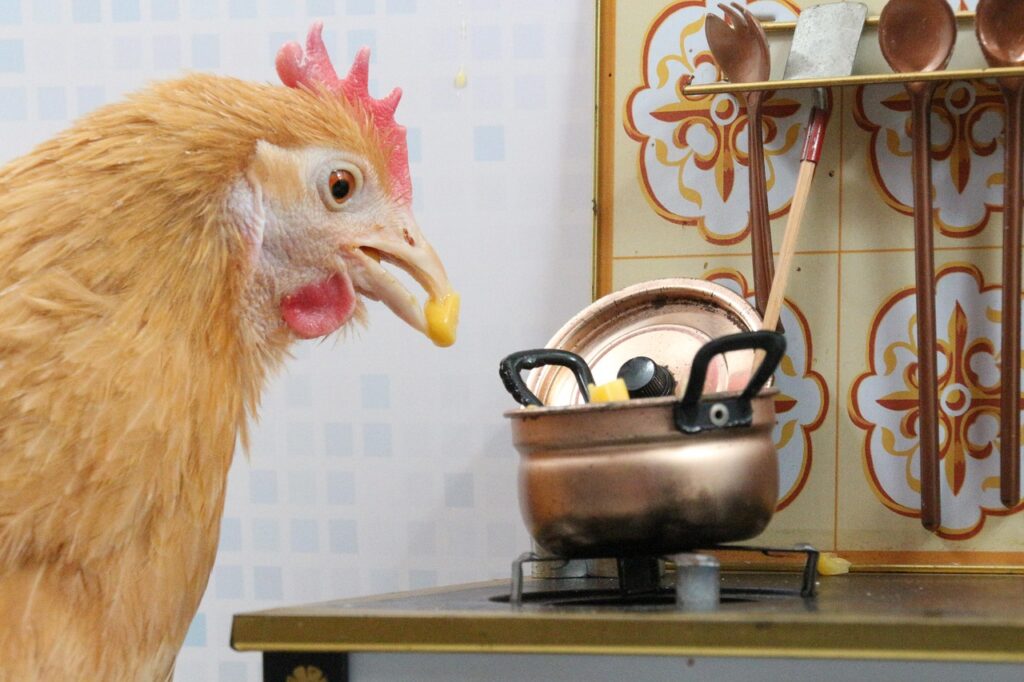
Enhancing Mental Stimulation
Mental stimulation is crucial for the overall health of chickens. Toys provide an opportunity for chickens to engage their minds, reducing stress and preventing behavioral issues such as feather pecking or aggression. By introducing toys, you create a dynamic environment where chickens can explore and interact, which is essential for their psychological well-being.
Promoting Physical Activity
Toys also encourage physical activity among chickens. When chickens are active, they are less likely to become overweight, which can lead to health problems. Toys that require jumping, pecking, or moving around help maintain a healthy weight and improve overall fitness. This physical engagement is particularly important in confined spaces where chickens may not have ample room to roam.
Choosing the Right Toys
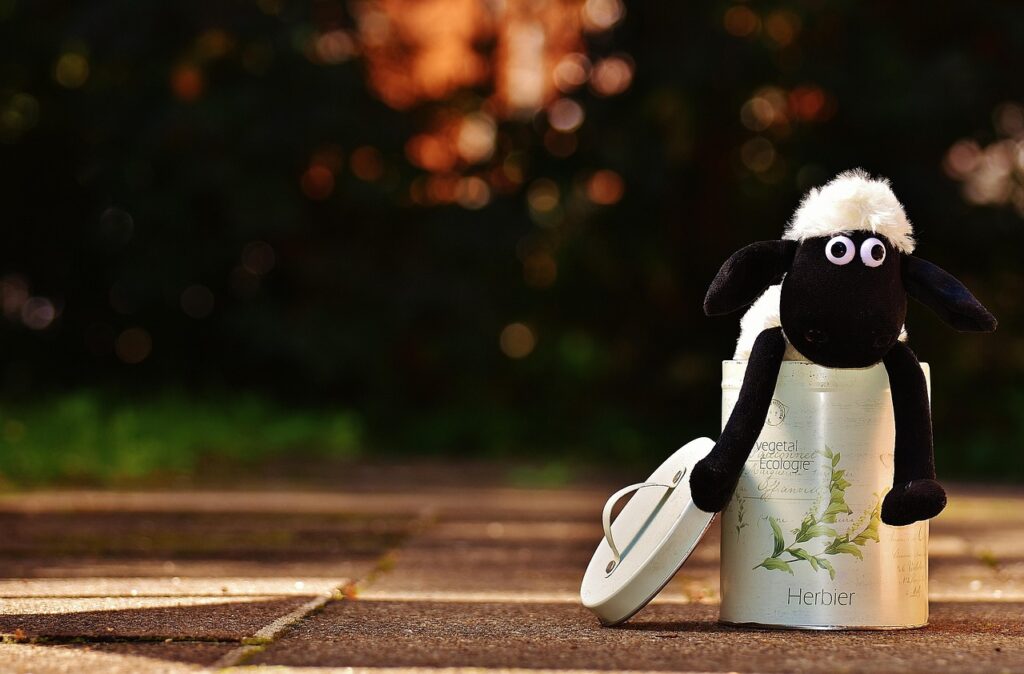
Safety Considerations
When selecting toys for chickens, safety should be your top priority. Ensure that all toys are made from non-toxic materials and are free from small parts that could be ingested. Avoid toys with sharp edges or components that may break easily, as these can pose choking hazards or cause injury.
Age and Size Appropriateness
Consider the age and size of your chickens when choosing toys. Younger chickens may prefer softer, easily manipulable toys, while older chickens may enjoy more complex structures that require problem-solving skills. Additionally, larger breeds may need sturdier toys that can withstand their size and strength.
Incorporating Toys into Daily Routine
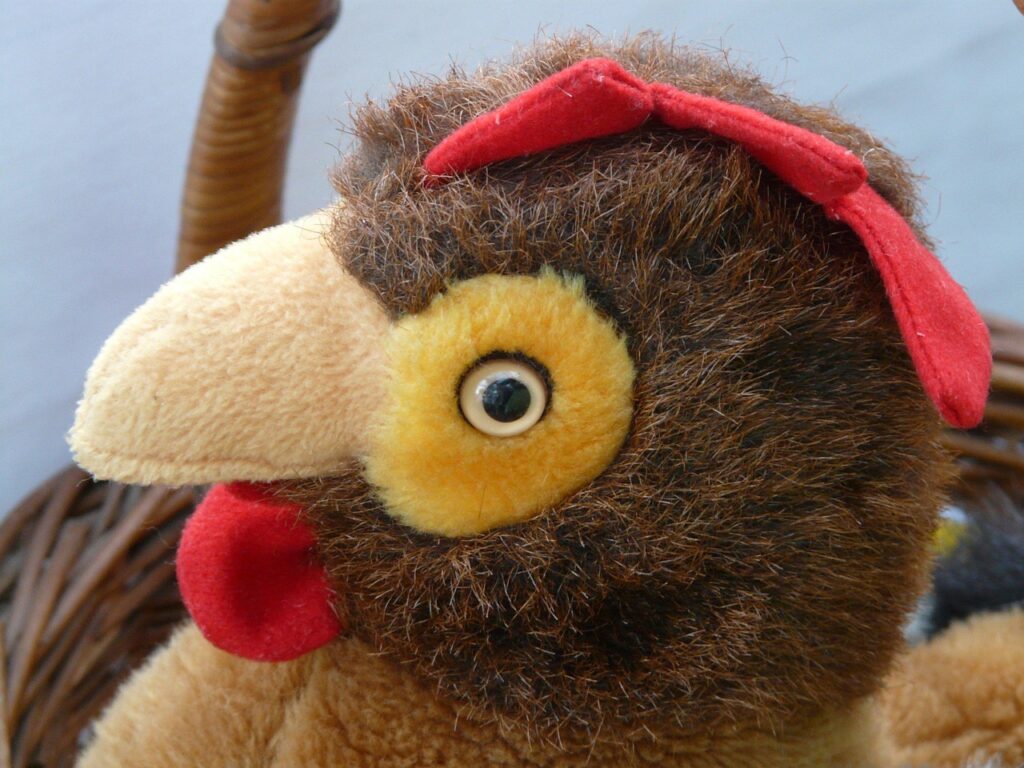
Gradual Introduction
Introducing toys to your chickens should be a gradual process. Start with one or two toys and observe how your flock interacts with them. This allows you to gauge their interest and make adjustments as needed. If the chickens seem to enjoy a particular toy, consider adding more to keep their environment stimulating.
Regular Rotation
To maintain interest, regularly rotate the toys in your chickens’ space. This prevents them from becoming bored with the same items and encourages ongoing exploration. By swapping out toys every few weeks, you can keep your chickens engaged and excited about their environment.
DIY Toys for Chickens
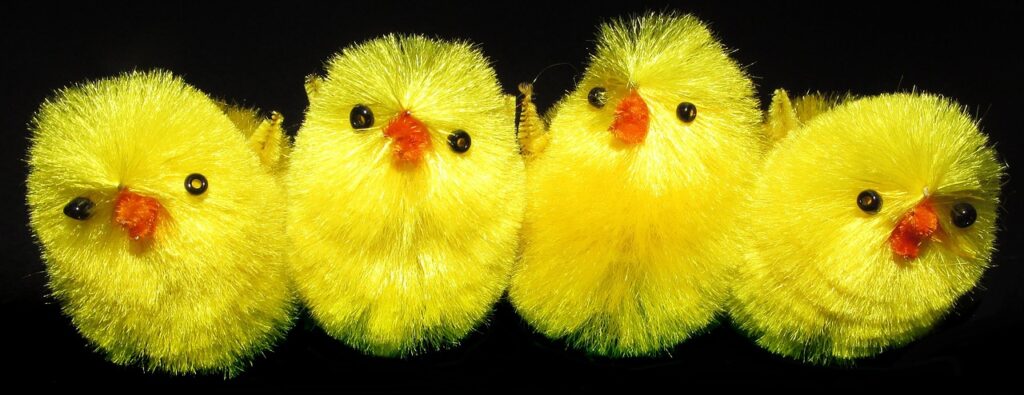
Simple Homemade Options
Creating your own chicken toys can be a fun and cost-effective way to enrich their environment. One easy DIY option is to fill a cardboard box with straw and hide treats inside. Chickens will enjoy scratching through the straw to find the hidden goodies.
Another simple idea is to use old wooden pallets. You can attach various items, such as hanging vegetables or pecking blocks, to the pallets, providing a multi-functional toy that encourages climbing and pecking.
Natural Materials
Incorporating natural materials into your DIY toys can enhance the experience for your chickens. Consider using branches, pine cones, or even dried herbs. These items not only serve as toys but can also provide additional sensory stimulation through different textures and scents.
Toys for chickens are not just a luxury; they are a vital component of their care and well-being. By providing a variety of toys, you can enhance their mental and physical health, ensuring they remain happy and productive members of your flock. Whether you choose store-bought options or create your own DIY toys, the key is to keep the environment engaging and stimulating. Regularly assess your chickens’ interests and adapt their toy selection to provide the best possible care.
